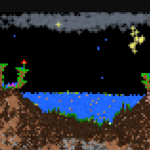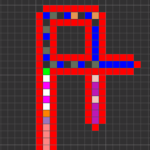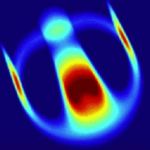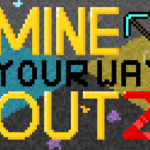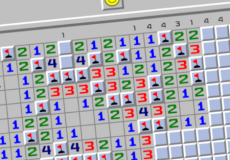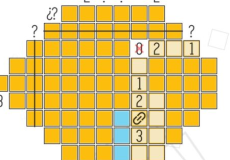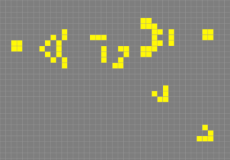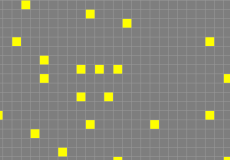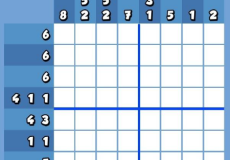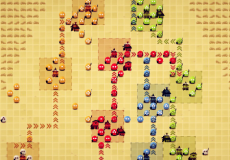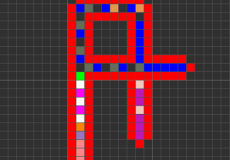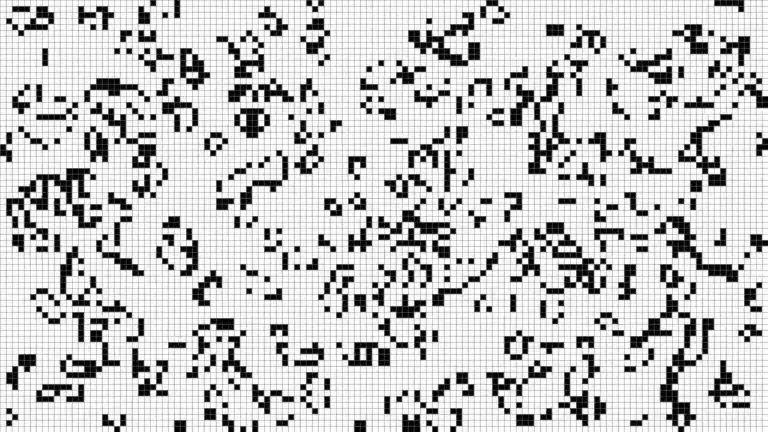

Minesweeper
Minesweeper is a puzzle game built on deduction and risk, set on a grid filled with hidden mines. The objective is to uncover all the safe tiles without triggering any mines. At the start, the player clicks a random square, revealing either a number or an empty space. Numbers represent how many mines are adjacent to that tile, giving clues to what lies around it. With nothing more than logic and careful guesses, the player gradually uncovers the field.
Similiar games
Minesweeper is a puzzle game built on deduction and risk, set on a grid filled with hidden mines. The objective is to uncover all the safe tiles without triggering any mines. At the start, the player clicks a random square, revealing either a number or an empty space. Numbers represent how many mines are adjacent to that tile, giving clues to what lies around it. With nothing more than logic and careful guesses, the player gradually uncovers the field.
The Balance Between Strategy and Risk
Each move in Minesweeper builds on the last. Players mark suspected mine locations with flags and use process of elimination to identify safe tiles. The tension comes from the unknown—sometimes you have enough information to proceed confidently, and sometimes you’re left with a guess. The game doesn’t reward speed but precision, requiring close attention to patterns and probabilities. One wrong move can end the entire game instantly, regardless of how far you’ve progressed.
From Beginner to Expert
Minesweeper offers multiple grid sizes and mine counts, making the difficulty highly adjustable. Smaller boards provide a quick challenge, while expert settings turn the puzzle into a more demanding mental task. The mechanics remain consistent, but the level of precision and memory required increases. On larger boards, players must track multiple areas at once and remember earlier deductions. Mistakes are rarely caused by lack of knowledge—they’re often caused by rushing or overlooking a simple clue.
Minimal Design, Maximum Depth
The visual design of Minesweeper is intentionally basic: a flat grid, simple numbers, and clean icons. This simplicity is part of what makes the game enduring. There are no distractions—only you, the grid, and the logic connecting everything. Each number is a piece of a larger pattern, and figuring out how those patterns fit together is what gives the game its depth. There’s a satisfaction in solving each section, watching the board slowly reveal itself through smart thinking.
While often seen as a casual time-filler, Minesweeper is a solid exercise in logic, pattern recognition, and critical thinking. It teaches players to work through uncertainty and avoid assumptions. With each game, players sharpen their ability to assess risk, think ahead, and manage limited information. There’s no story, no characters, and no upgrades—just a quiet test of thought that has stayed relevant for decades. Its simplicity hides a surprising amount of complexity, making it a timeless puzzle that continues to challenge anyone who clicks the first square.
Discuss Minesweeper

